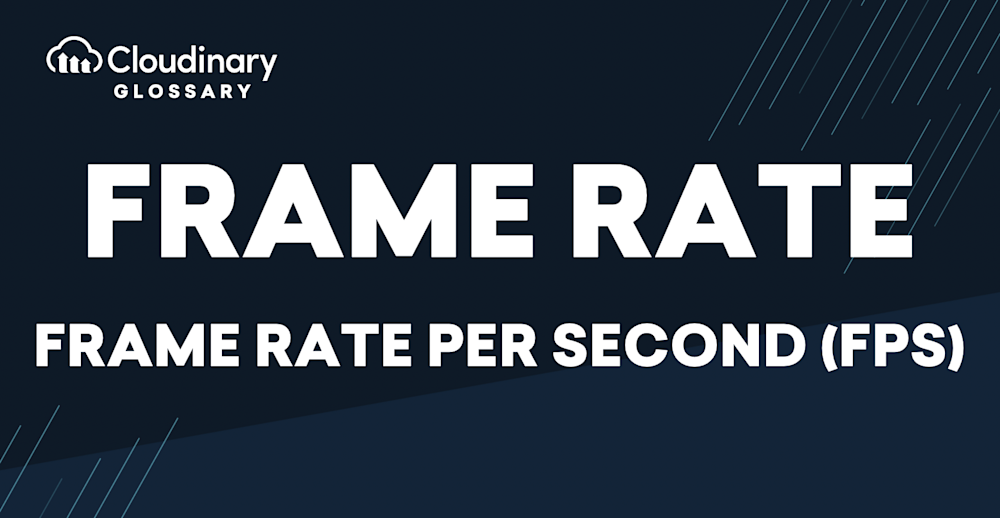What Is Frame Rate?
FPS stands for frames per second. It is a unit that measures how many images are displayed on a screen each second. This is called the frame rate. FPS is used to measure the quality of video, with higher frame rates indicating smoother animations. For example, a game with a frame rate of 30 fps is known for its smoothness. Modern video standards now support frame rates of 120, 240, or even 300 frames per second. Additionally, devices like cell phones often feature a variable frame rate, which changes over time to optimize performance and quality.
A higher frame rate generally produces smoother movement, while a lower frame rate can make movements appear choppy. For example, when watching an animated movie on television, try pausing the video and observing how still each frame appears. The more frames per second within a given scene, the smoother it will look when played back at normal speed.
Why Is Frame Rate Important?
The higher the frame rate, the smoother your video will look and feel to watch – think live-action movies versus old school cartoons.
The lower your frame rate, the more jerky everything looks — think of those early ’90s CGI films where everything was so blocky and pixelated; they were low-resolution videos with low frame rates. Film, animation, and TV are generally recorded with a specific frame rate in mind, while digital media (like video games) generally aims to have the highest frame rate possible.
Frame rates aren’t just important for video quality: they also affect how much storage space your files take up on your computer or phone.
If you want to optimize your video formats for storage and user experience, sign up to Cloudinary for free.
Check Out Our Tools That You May Find Useful:



